When visiting the Mang villages during the off-season, it is easy to see women sewing and embroidering together. The Mang women's costumes have many similar motifs to the Thai people, with innovative open-chested blouses and long skirts. Each shirt is decorated with rows of silver buttons, creating new and eye-catching motifs. But what makes the Mang women's costumes different is the white shawl wrapped around the body, decorated with hand-embroidered motifs in red thread.
Sharing with us, Ms. Lo Thi Chuong, in Nam Sao I village, Trung Chai commune, Nam Nhun district, said: For Mang girls, costumes are not simply a unique feature to identify the ethnic group, but more importantly, through each embroidery line, people will evaluate the diligence and dexterity of that girl.
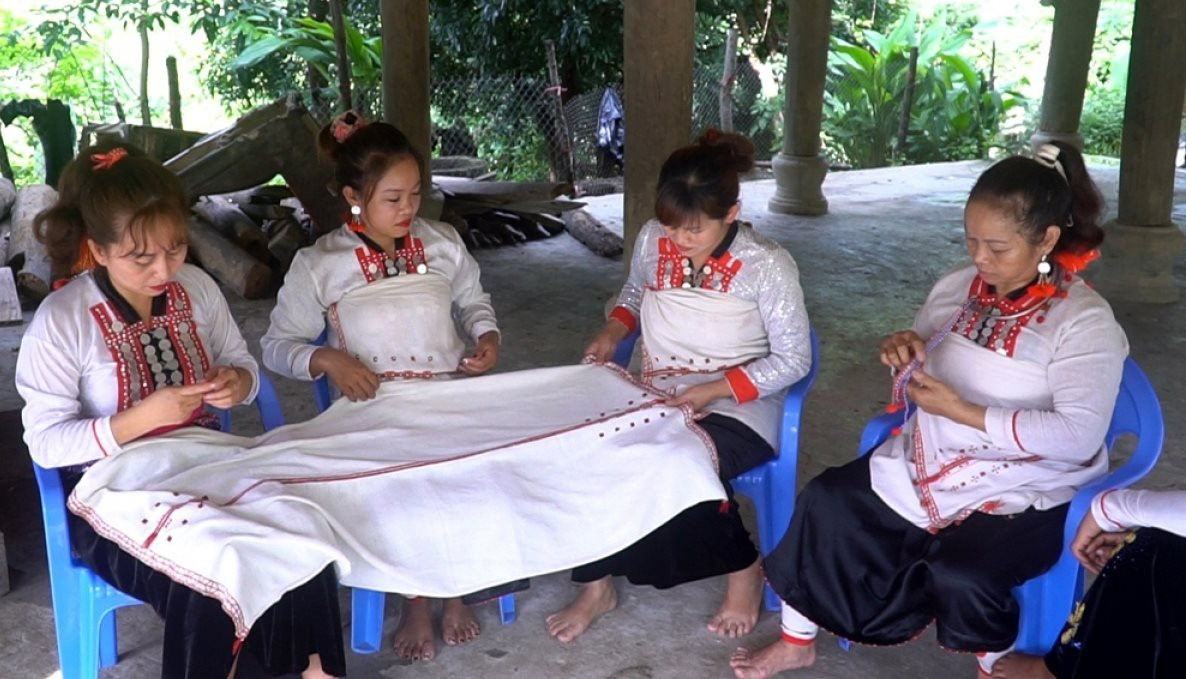
Mang women must have a shirt, a skirt, a shawl, and a leg wrap. Mang shirts must also have silver coins and coins for decoration. The coins must also have 2 to 3 types of coins. The shirts are also cut and sewn by themselves, then decorated with patterns on the back. Talking about the traditional costumes of the Mang people, if they do not have a shawl, they are not of the Mang ethnic group. Ms. Chuong added.
The Mang ethnic group currently lives scattered in the Da and Nam Na river basins, in Nam Nhun and Muong Te districts, Lai Chau province. With a long-standing agricultural tradition, at the end of each crop season or a year of hard work, people celebrate the New Rice Festival to thank their ancestors, heaven and earth, and to welcome a peaceful new year.
Mr. Pan Van Dao, Vang San commune, Muong Te district, a native Mang, said: The Mang people believe that heaven is the creator, the two gods Mon ten, Mon ong are the highest gods. Therefore, along with the worship of ancestors and family, there are agricultural rituals related to the soul of rice. From here, the New Rice Celebration ritual was born, held at the end of the 9th lunar month every year and is an indispensable spiritual ritual of the Mang people.
When organizing the new rice harvest, the Mang people invited the elders to talk to them about farming to get a good harvest. Don't be short of money, don't be hungry, let the children try to work on the fields. The Party leaders told them to come here to live together in a village and have fun, drink a cup of wine together, eat everything together for fun. - Mr. Dao said.
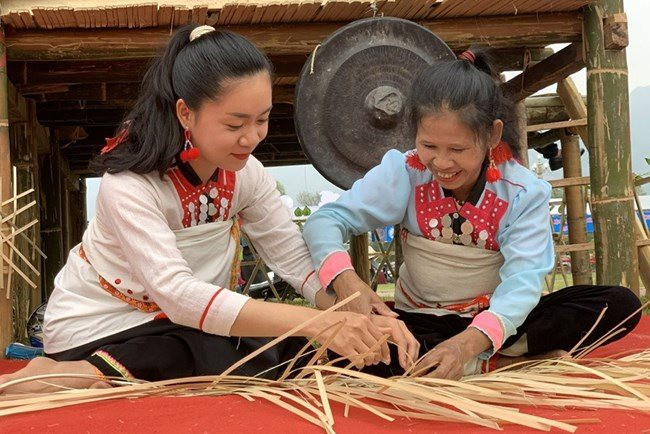
Currently, ethnic festivals such as Mang are supported with funds for the organization to restore and maintain. For the Mang ethnic group, they still maintain and regularly organize a number of unique festivals such as the New Rice Celebration, the Housewarming Ceremony, and the Full Moon Festival in January. Along with that, they preserve the traditional crafts that the Mang ethnic group has, which is the bamboo and rattan weaving craft, which is expressed in very sophisticated art, and is still being preserved and developed by the community. The people are currently together preserving the ethnic cultural identity and uniting, joining hands to build the village and homeland to be more prosperous and developed.
According to Mr. Tran Manh Hung, Deputy Director of Lai Chau Department of Culture, Sports and Tourism, the Mang people currently have the most difficult life among the ethnic minorities in Lai Chau and many cultural features have been lost. However, thanks to Resolution 04 of the Provincial Party Committee and Resolution 59 of the Provincial People's Council stipulating a number of policies on preserving and promoting cultural identity associated with tourism development, up to now, the Mang people have restored many annual festivals as well as traditional crafts.
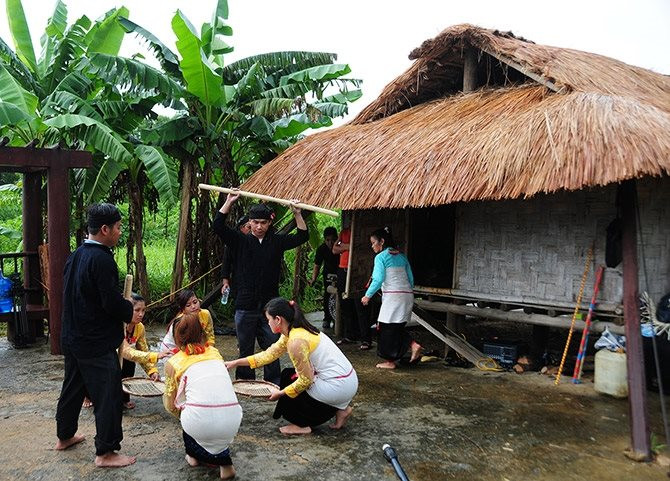
The Mang people live in the great forest, every day they immerse themselves in the grass, flowers, birds and animals, so the people here have the innocence and freedom of the mountains and forests. From here, folk songs and dances were formed and became indispensable spiritual food like daily meals and clothes. In the middle of the mountains and forests, the sound of the festival drums opens the Ta Nom dance, making anyone who hears it feel like the rhythm of time is reversed, returning to the time when the Mang people still practiced nomadic farming. The stylized acts of sowing seeds and harvesting rice on the fields have now become a sacred memory of Mang women.
Ms. Vang Thi Thom, in Nam Sao I village, Trung Chai commune, Nam Nhun district, is a Mang ethnic person who regularly participates in art performances. She said: The dances of the Mang ethnic group are very rich, clearly showing the identity of their ethnic group. For example, the rice pounding dance in my hometown shows the beauty of people working and picking rice in the fields. The dance recreates the life of people working to produce rice and paddy to bring home.
Source


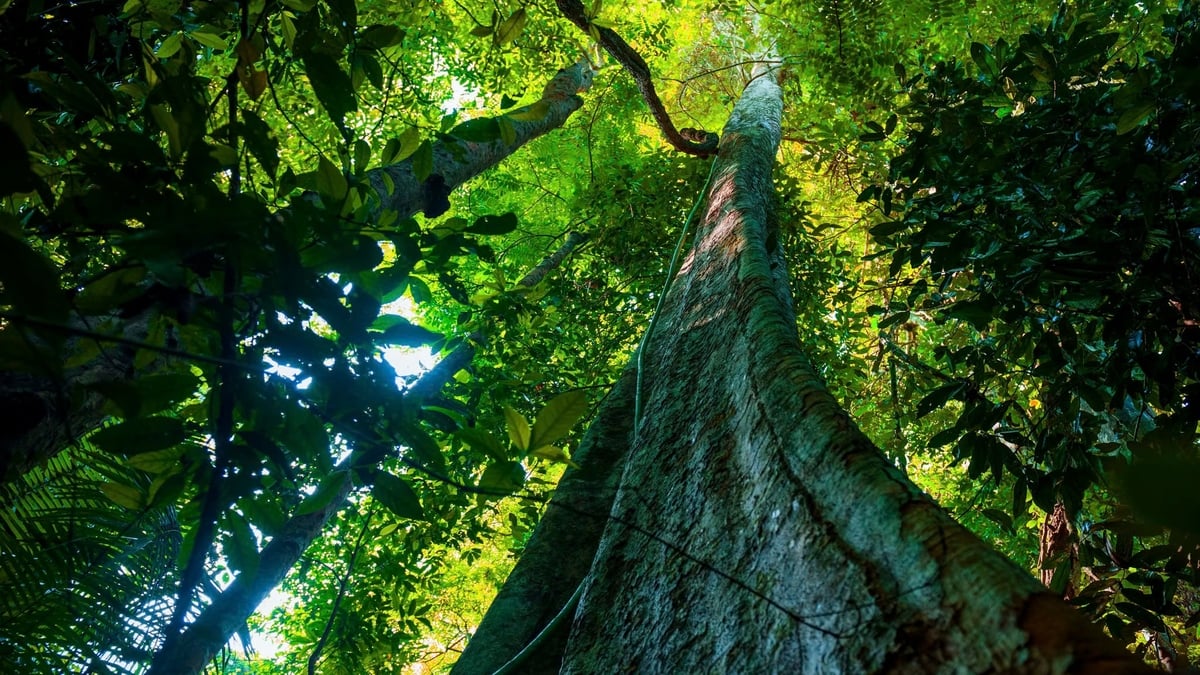
![[Photo] General Secretary To Lam meets and expresses gratitude to Vietnam's Belarusian friends](https://vphoto.vietnam.vn/thumb/1200x675/vietnam/resource/IMAGE/2025/5/11/c515ee2054c54a87aa8a7cb520f2fa6e)
![[Photo] General Secretary To Lam arrives in Minsk, begins state visit to Belarus](https://vphoto.vietnam.vn/thumb/1200x675/vietnam/resource/IMAGE/2025/5/11/76602f587468437f8b5b7104495f444d)

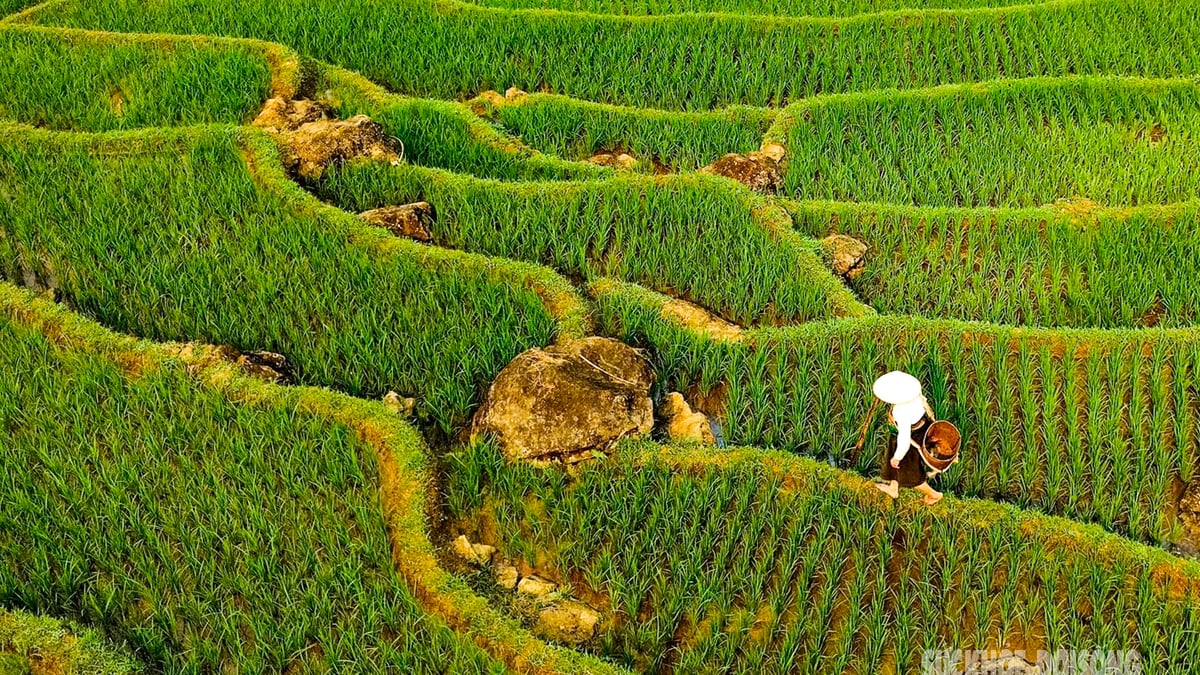
![[Photo] General Secretary To Lam concludes visit to Russia, departs for Belarus](https://vphoto.vietnam.vn/thumb/1200x675/vietnam/resource/IMAGE/2025/5/11/0acf1081a95e4b1d9886c67fdafd95ed)


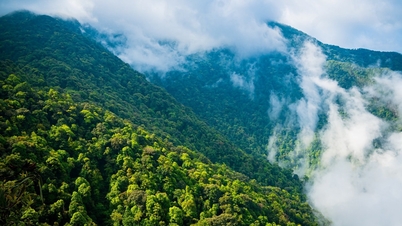
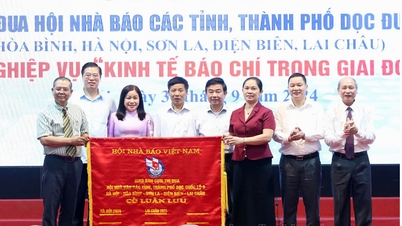





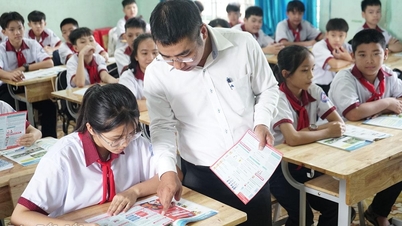
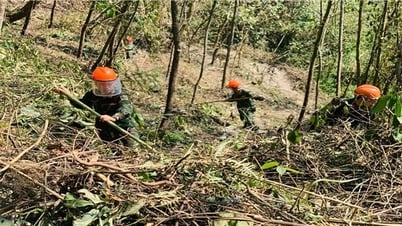
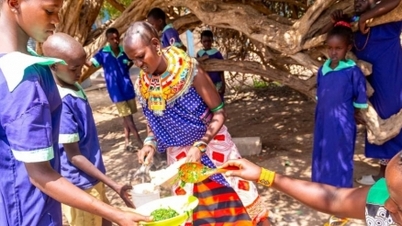
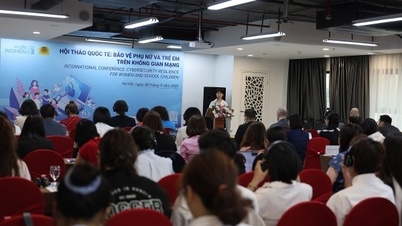




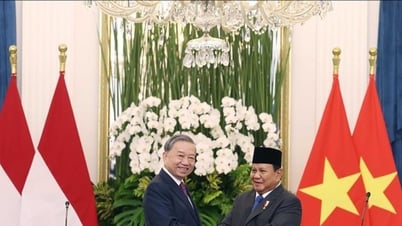
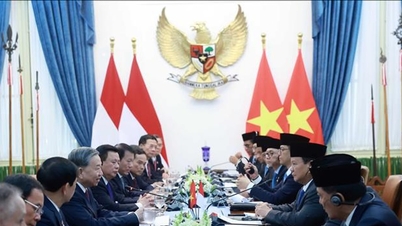

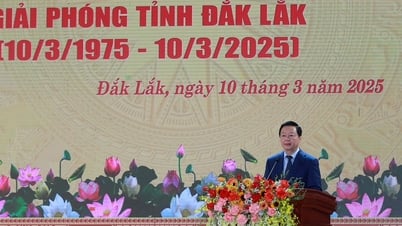

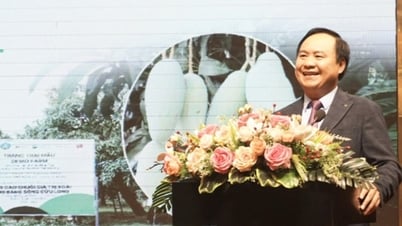
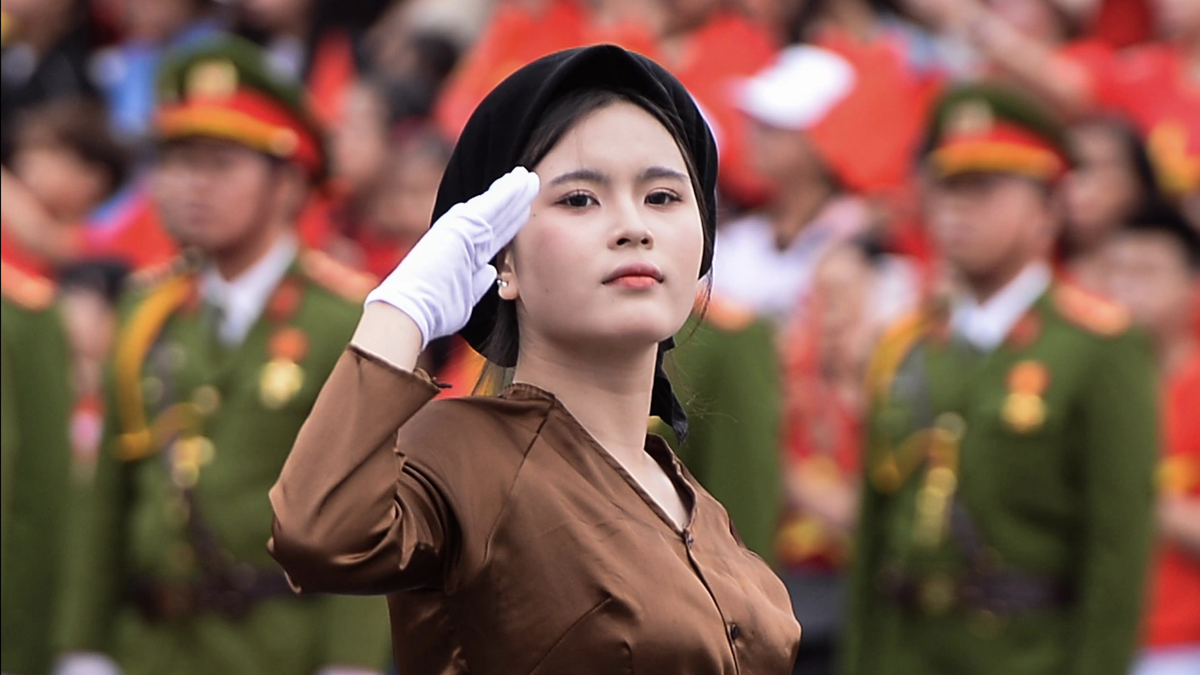
![[Photo] National Assembly Chairman Tran Thanh Man attends the Party Congress of the Committee for Culture and Social Affairs](https://vphoto.vietnam.vn/thumb/1200x675/vietnam/resource/IMAGE/2025/5/11/f5ed02beb9404bca998a08b34ef255a6)
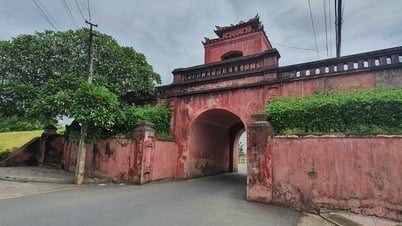



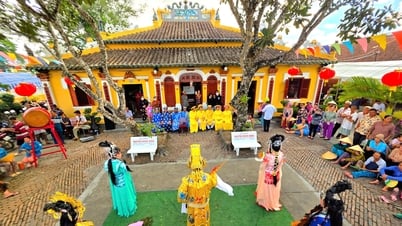
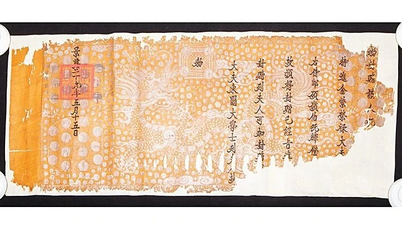


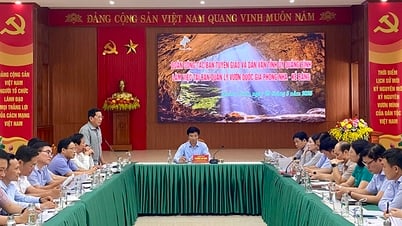



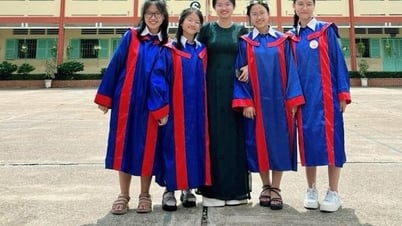

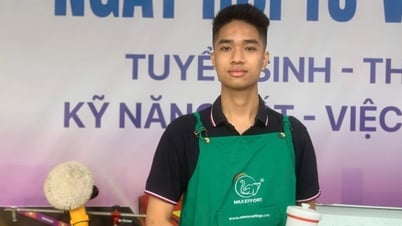

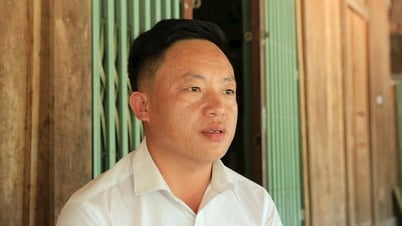
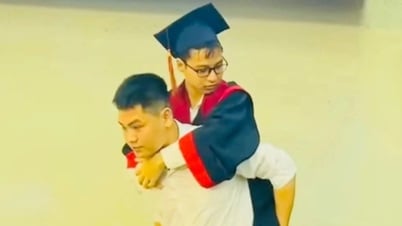
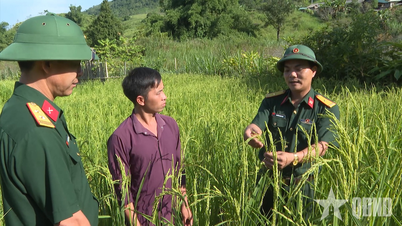









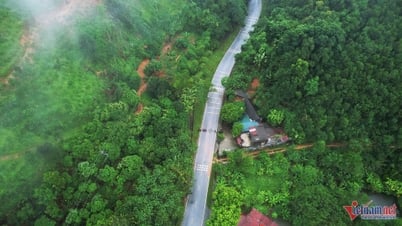

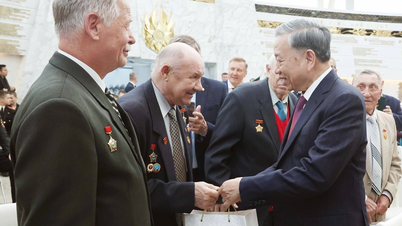
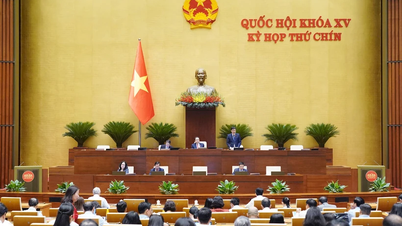

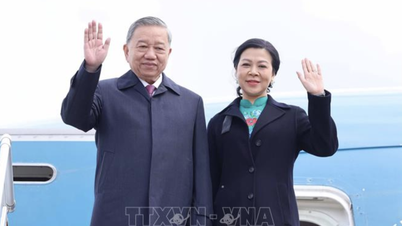











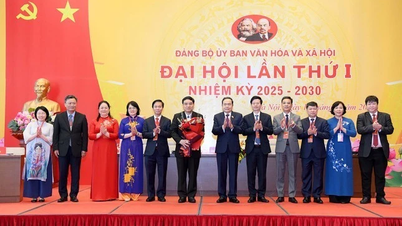

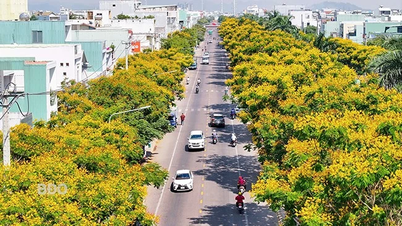




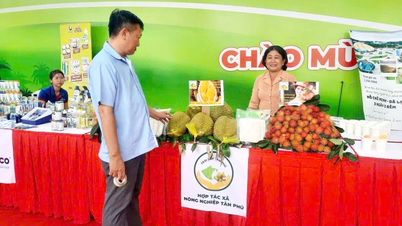

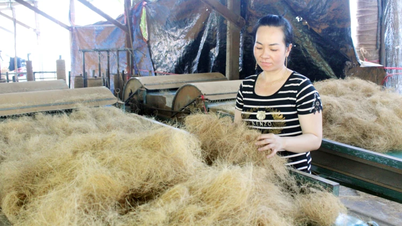

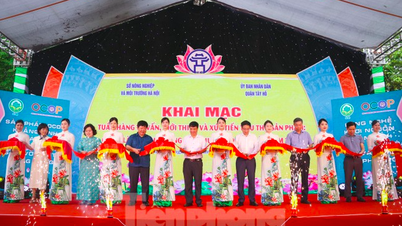

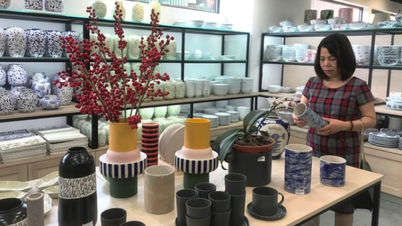
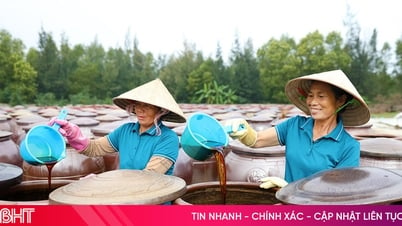


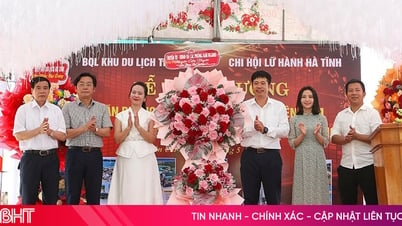
Comment (0)